the Titanic communicated with Canada, 400 miles away, with relatively
low-powered equipment
Quote from this website: -
The Titanic's "wireless" equipment was the most powerful in use at the
time. The main transmitter was a rotary spark design, powered by a 5
kW motor alternator, fed from the ship's lighting circuit.
The equipment operated into a 4 wire antenna suspended between the
ship's 2 masts, some 250 feet above the sea. There was also a battery
powered emergency transmitter.
The main transmitter was housed in a special room, known as the
"Silent Room". This room was located next door to the operating room,
and specially insulated to reduce interference to the main receiver.
The equipment's guaranteed working range was 250 miles, but
communications could be maintained for up to 400 miles during daylight
and up to 2000 miles at night.

So, if you class 5 kW as low power then that's OK but things have moved on since then. For instance, as tubes/valves were developed radio receivers became more sensitive and this means that transmit powers could reduce considerably.
You have to realize that these transmissions are actual electromagnetic waves and they attenuate only very gradually with distance. For instance, comparing against a contactless battery charger, its magnetic field reduces with distance cubed beyond about the diameter of the coils whereas, the H field in a proper EM transmission reduces linearly with distance.
Just consider the Voyager 1 probe and its transmissions from beyond Pluto. The transmitter power is only 20 watts but the biggest thing on it was the parabolic dish: -

And doesn't this mean that there couldn't have been very many people
using the systems, since operators within hundreds of miles would all
be jamming the airwaves? It seems this would produce a lot of
cross-talk.
This was indeed a big problem and there was a famous transmission from RMS Titanic that suggested that SS Californian should "shut-up" because it was blocking a transmission from Cape race on the Canada coast: -
Titanic's on-duty wireless operator, Jack Phillips, was busy clearing
a backlog of passengers' messages with the wireless station at Cape
Race, Newfoundland, 800 miles (1,300 km) away, at the time. Evans'
message that SS Californian was stopped and surrounded by ice, due to
the relative proximity of the two ships, drowned out a separate
message Phillips had been in the process of receiving from Cape Race,
and he rebuked Evans: "Shut up, shut up! I am busy; I am working Cape
Race!" Evans listened for a little while longer, and at 23:35 he
turned off the wireless and went to bed. Five minutes later,
Titanic hit an iceberg. Twenty-five minutes after that, she
transmitted her first distress call.
Quote taken from here, the Wiki page for the steamship Californian.

